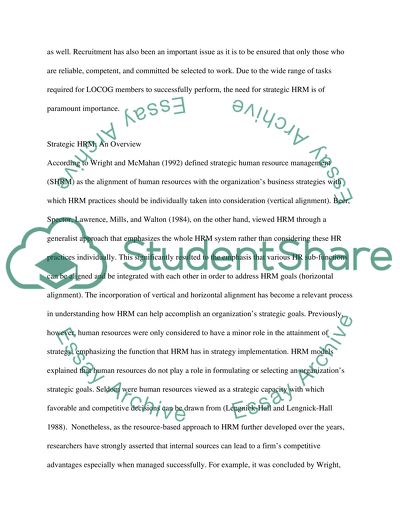Cite this document
(“Strategic HRM: An Overview Research Paper Example | Topics and Well Written Essays - 2500 words”, n.d.)
Strategic HRM: An Overview Research Paper Example | Topics and Well Written Essays - 2500 words. Retrieved from https://studentshare.org/human-resources/1412462-this-assignment-is-more-theoretical-and-you-are
Strategic HRM: An Overview Research Paper Example | Topics and Well Written Essays - 2500 words. Retrieved from https://studentshare.org/human-resources/1412462-this-assignment-is-more-theoretical-and-you-are
(Strategic HRM: An Overview Research Paper Example | Topics and Well Written Essays - 2500 Words)
Strategic HRM: An Overview Research Paper Example | Topics and Well Written Essays - 2500 Words. https://studentshare.org/human-resources/1412462-this-assignment-is-more-theoretical-and-you-are.
Strategic HRM: An Overview Research Paper Example | Topics and Well Written Essays - 2500 Words. https://studentshare.org/human-resources/1412462-this-assignment-is-more-theoretical-and-you-are.
“Strategic HRM: An Overview Research Paper Example | Topics and Well Written Essays - 2500 Words”, n.d. https://studentshare.org/human-resources/1412462-this-assignment-is-more-theoretical-and-you-are.


